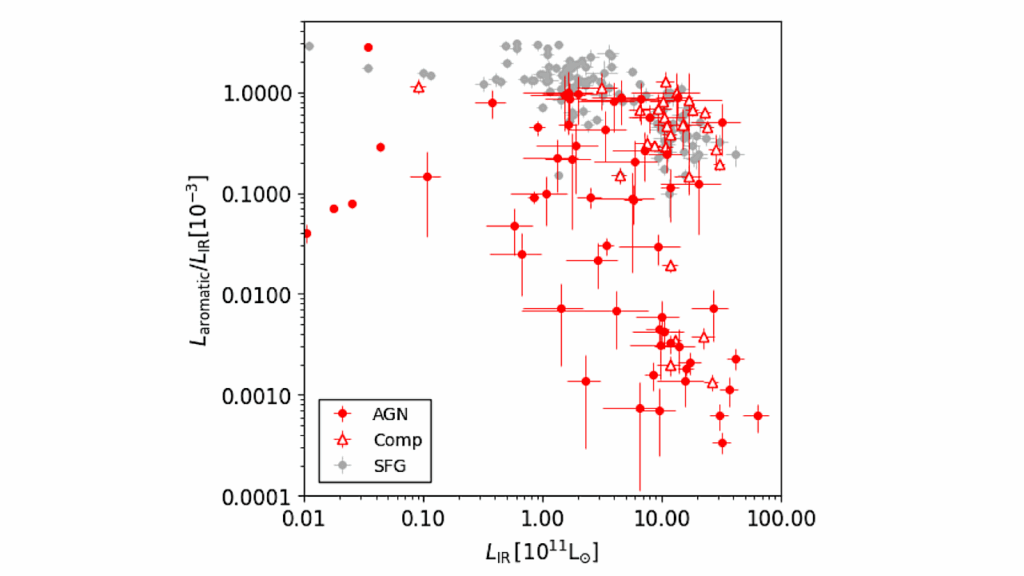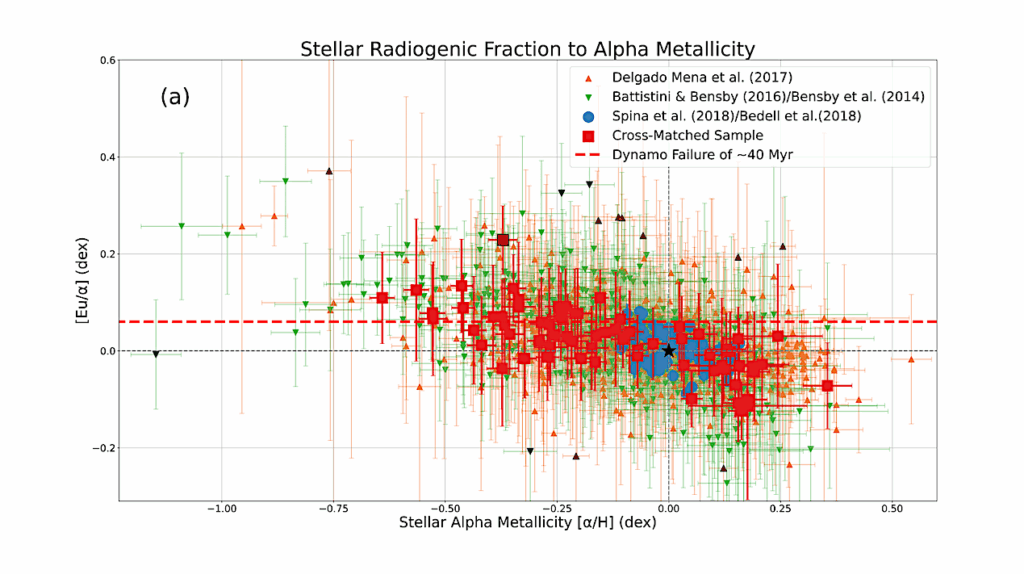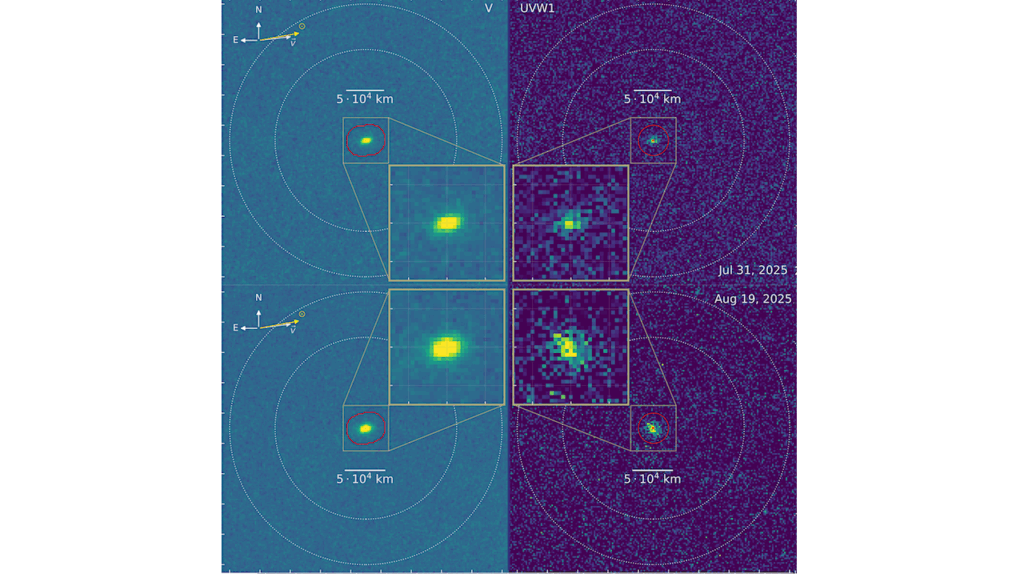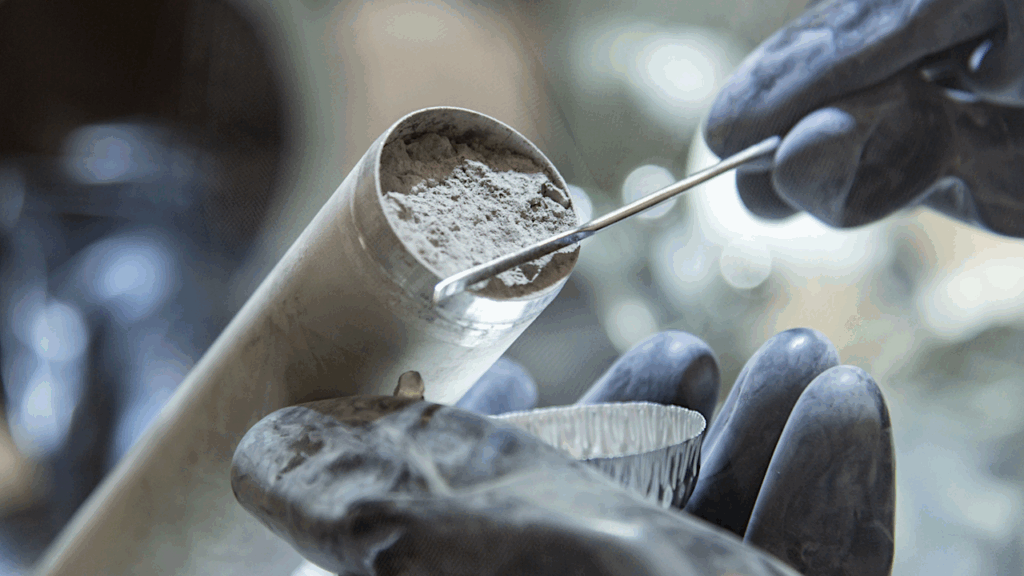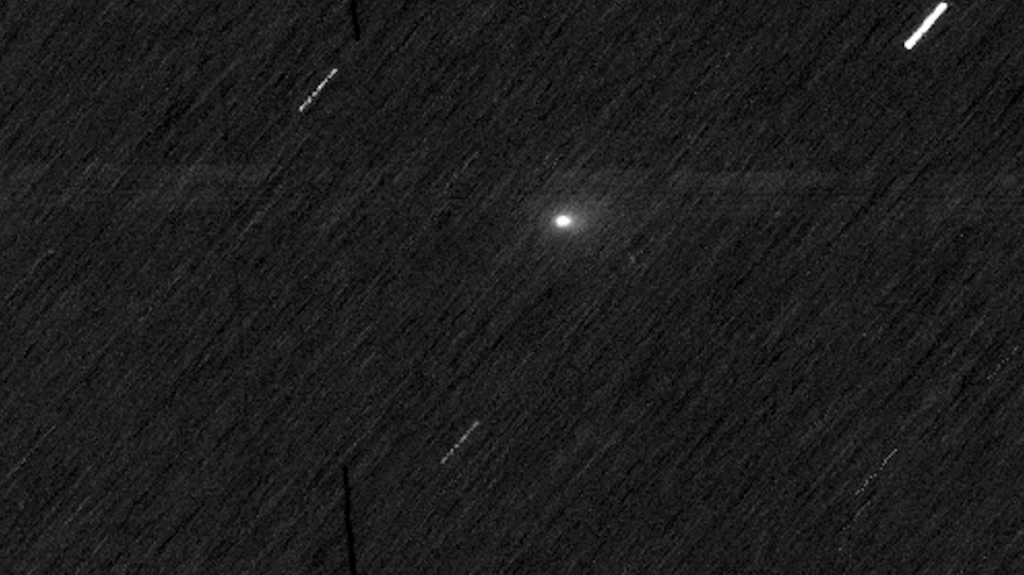Organic Matter In Interstellar Dust Lost At The Approach To The Heliosphere: Exothermic Chemical Reactions Of Free Radicals Ignited By The Sun

Aims. We tackle the conundrums of organic materials missing from interstellar dust when measured inside the Solar System, while undoubtedly existing in the local interstellar cloud (LIC), which surrounds the Solar System.
Methods. We present a theoretical argument that organic compounds sublimate almost instantaneously by exothermic reactions, when solar insolation triggers the recombination of free radicals or the rearrangement of carbon bonds in the compounds.
Results. It turns out that the triggering temperature lies in the range of 20−50 K by considering that sublimation of organic materials takes place beyond the so-called filtration region of interstellar neutral atoms. We find that in-situ measurements of LIC dust in the Solar System result in an overestimate for the gas-to-dust mass ratio of the LIC, unless the sublimation of organic materials is taken into account. We also find that previous measurements of interstellar pickup ions have determined the total elemental abundances of gas and organic materials, instead of interstellar gas alone.
Conclusions. We conclude that LIC organic matter suffers from sublimation en route to the heliosphere, implying that our understanding of LIC dust from space missions is incomplete. Since space missions inside the orbit of Saturn cannot give any information on the organic substances of LIC dust, one must await a future exploration mission to the inner edge of the Oort cloud for a thorough understanding of organic substances in the LIC. Once our model for the sublimation of interstellar organic matter by exothermic chemical reactions of free radicals is confirmed, the hypothesis of panspermia from the diffuse interstellar medium is ruled out.
Hiroshi Kimura, Frank Postberg, Nicolas Altobelli, Mario Trieloff
Comments: 9 pages, 6 figures, to appear in Astronomy & Astrophysics
Subjects: Astrophysics of Galaxies (astro-ph.GA); Earth and Planetary Astrophysics (astro-ph.EP)
Cite as: arXiv:2009.13757 [astro-ph.GA] (or arXiv:2009.13757v1 [astro-ph.GA] for this version)
Submission history
From: Hiroshi Kimura
[v1] Tue, 29 Sep 2020 03:55:48 UTC (133 KB)
https://arxiv.org/abs/2009.13757
Astrobiology, Astrochemistry,


